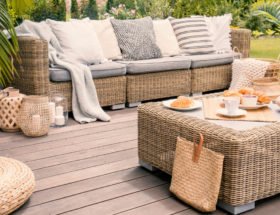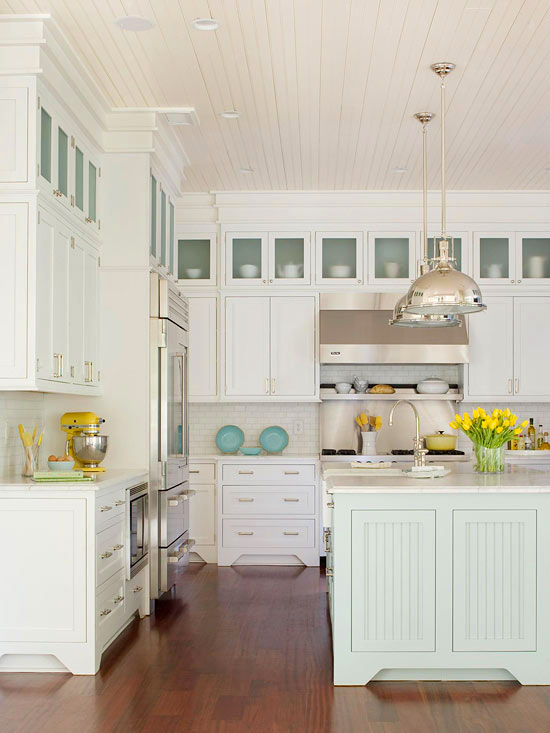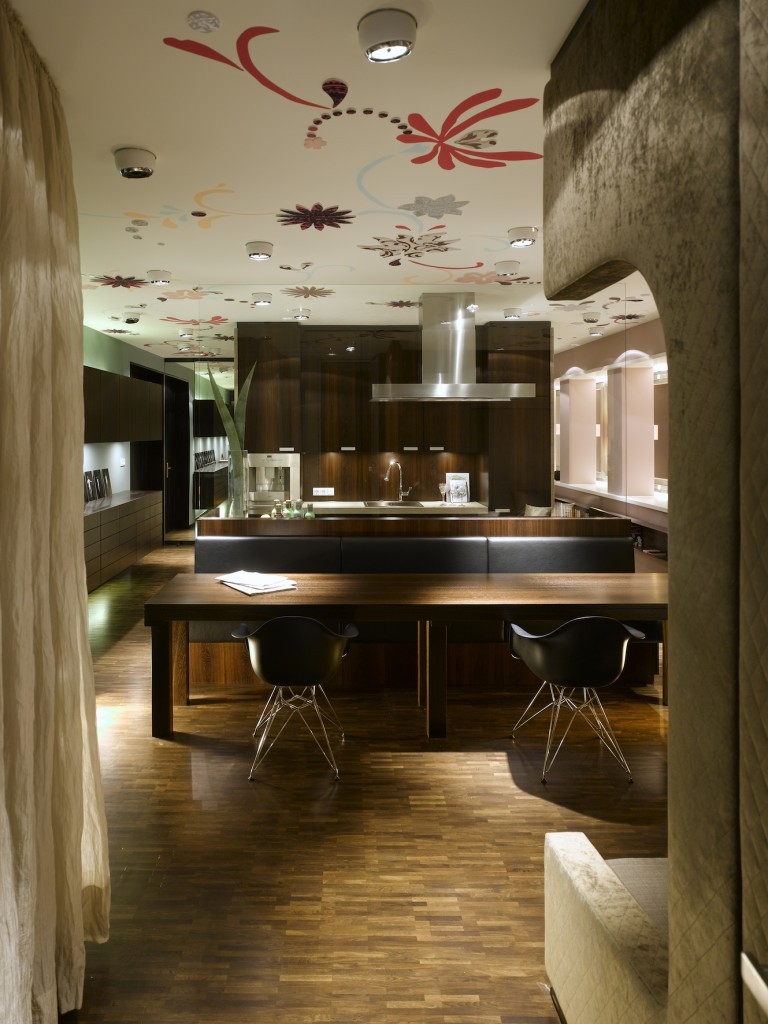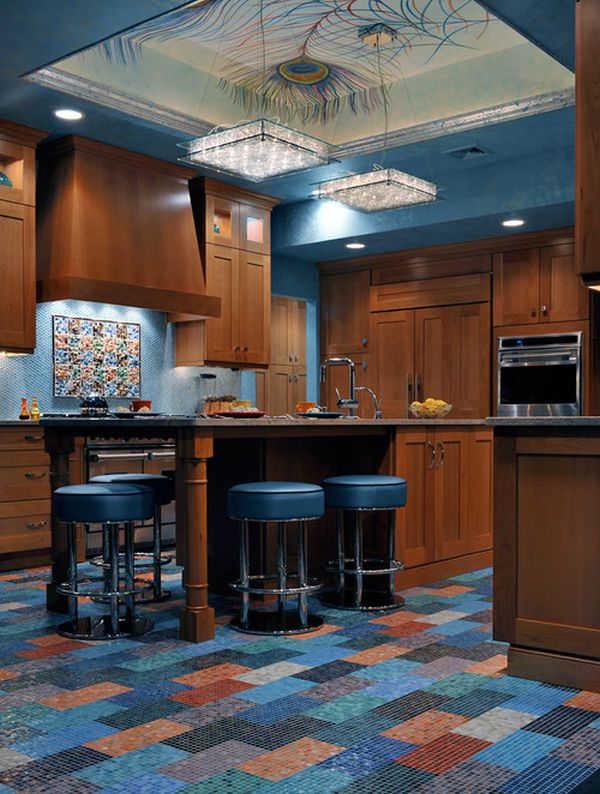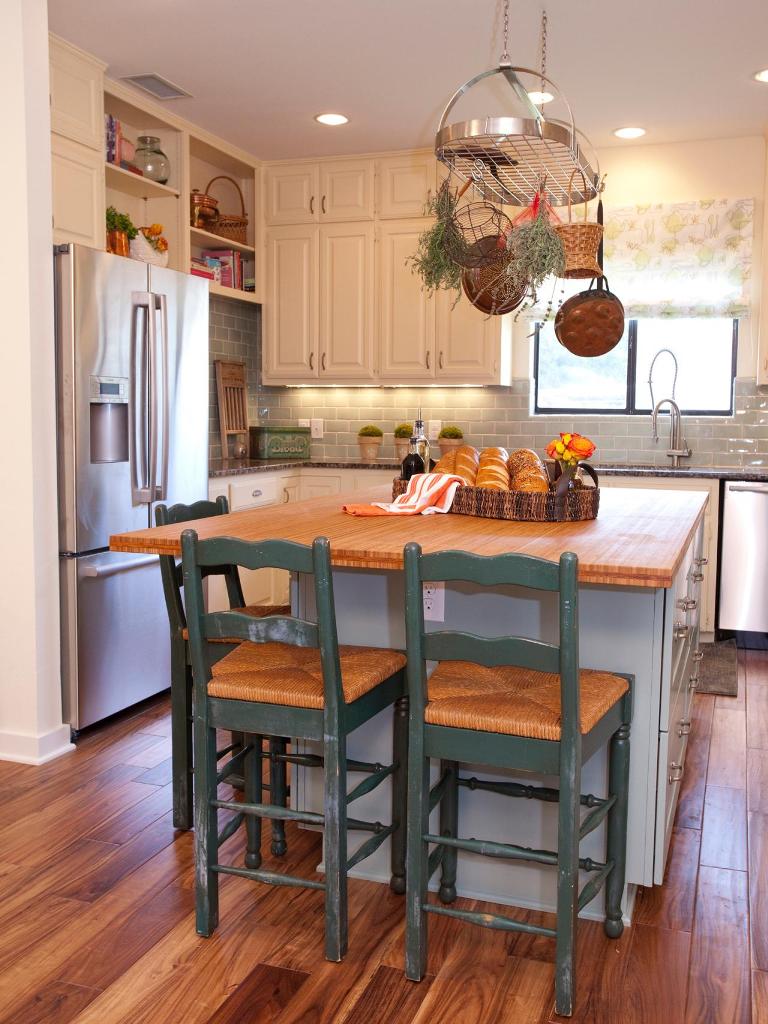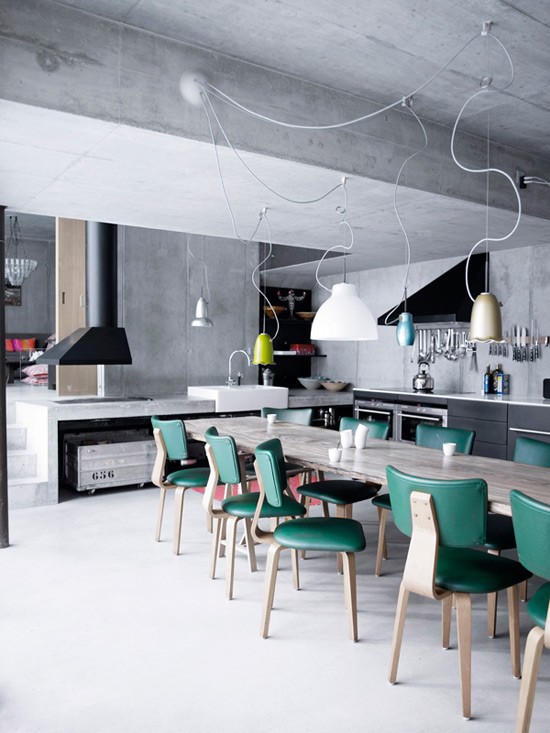When the desire to relax is stronger than ever, we can easily imagine flying away to the idyllic scenery of the Mediterranean. Transforming the terrace with the codes of Moroccan riads allows you to find this feeling of traveling at home. Because the colorful palaces are shrouded in light throughout the year, the exterior is a living space in the same way as the home’s living room. Therefore, we are inspired by this nomadic way of life where the border between interior and garden is barely perceptible to embrace the summer season as it should. Solar shades, natural or mineral materials, are there to inject the change of scenery that is so lacking in our exteriors. Variations around these riads make us dream.
Impossible to miss the colorful riads when talking about the landscapes of Marrakech. Nestled in the heart of the Medina, these houses, with their traditional architecture, feed our desires elsewhere when everyday life becomes gloomy, to the point of inspiring the renovation of our terraces. A glance at these timeless atmospheres is enough to put a smile on the face of the most reluctant. Warm tones, such as terracotta, bright pink, or orange, are essential to give our exteriors a false air of riads, even if Majorelle blue is not to be outdone when it comes to evoking the exotic borders of the Mediterranean. Hand-embroidered rugs bring the missing comfort to the rocky floors, while aged wooden furniture revives the authenticity of the place. And for the rest? We let ourselves be guided by the neat details of the terraces of the riads that follow.
1- A riad-style “living room” is set up outside

The boundary between the interior and the garden tends to disappear when the good weather sets in for good. As in the riads of Marrakech, the terrace is transformed into a real living space to make the most of these additional square meters. Large sofas are arranged around the fireplace on this roof terrace with pink lime walls. Quilted carpet and cozy cushions perfectly imitate the decor of a living room, even if it is open to the sky. It must be said that a large outdoor fireplace or a small brazier is enough to counter the coolness of certain summer evenings.
2- The oversized pots give an air of Riad to the terrace

The outdoor spaces – even generous – do not necessarily have the chance to take advantage of a plot of land where to plant a few flowering shrubs. It is not necessary to make a cross on the greenery when one seeks to arrange his terrace. The riads have long since circumvented the problem by opting for potted plants… but far from the small planters that sit enthroned on the windowsill, the pottery is made XXL. The terracotta containers accommodate large lemon trees, jacarandas with purple buds, rose prickly white or prickly pears, so many varieties evoke travel. Note: do not hesitate to multiply the sizes of the pots to dress the terrace with an elegance specific to riads.
3- When the terracotta walls envelop the Mediterranean terrace

The solar pallets make it possible to get close to the exotic and colorful atmospheres embodied by Moroccan riads. A few brushstrokes can transform a city terrace’s profile, lined with more or less high walls. A terracotta or marsala pink paint brings the necessary warmth to the exteriors – and allows the passage to enhance the fences, which usually lack allure. Coupled with a few ethnic fabrics such as graphic carpets, embroidered or simply tinted cushions, the color gives the terrace a false air of the Mediterranean.
4- Nomadic spirit for this riad-style terrace

The secret to breathing a riad atmosphere into the outdoor space is to bet on suitable textiles. Not the shadow of a garden sofa on the horizon, but thick floor cushions, as comfortable as armchairs. Above all, the terrace is dressed in large rugs – hand-knotted wool or braided fibers – which cover the floors in warm colors. The outdoor living room, then becomes nomadic: the seats move, multiply when new guests point the tip of their noses, the carpets roll up and unroll to increase comfort.
5- Organize the terrace around a concrete bench

Synonymous with conviviality, the bench has become a must for Mediterranean exteriors. Leaning against the terrace wall, it combines functions, becoming a cozy nap corner after summer lunches, or welcoming guests over a drink at the end of the day. Making a custom bench allows you to adapt its dimensions to the constraints of the terrace and the needs of the inhabitants. But rather than a wooden version, it is advisable to bet on a waxed concrete or lime coating… These materials breathe a raw and authentic side specific to riads and face the weather without flinching if they are treated for this purpose.
6- A sleeping area under a starry Mediterranean sky

Sleeping under the stars is not the prerogative of camping. It is possible to treat yourself to a night outdoors from a city terrace. However, the experience remains reserved for the hottest evenings of the season; and requires some preliminary adjustments. There is no question of being satisfied with a simple duvet or a hammock: the riad spirit goes through optimal comfort. If the box spring is not essential, on the other hand, the cozy mattress is. A few lanterns near the bed, hung or placed on the floor, create an intimate atmosphere. Multiplying the layers of textiles also contributes to the aesthetics of the terrace. And if the coolness remains too great for sleeping, this sleeping area becomes a cocoon of choice for admiring the sunset.
7- Pigmented palette on the riad-style terrace

Impossible to imagine a terrace inspired by Morocco without injecting a good dose of color into the decor. Textiles with colorful patterns are obviously in order – in the form of seat cushions or bed throws – but it is also a question of dressing the walls with a cheerful palette. Here, the exterior has let itself be seduced by a midnight blue/raspberry duo that is not common to encounter. The red facade breathes the necessary solar note when the dark paint brings depth. The detail to reproduce? Match the tone of the wall with that of the seats.
8- Raw materials, essential to the Mediterranean terrace

Born in Morocco, the riad is naturally influenced by the codes of Mediterranean aesthetics. This is why organic materials are favored in the decor, both indoors and outdoors. If the natural fibers take the form of reeds protecting the terrace from the sun – sometimes hand-woven carpets – wood remains the essential material. The wood is aged over the years on the stools or side tables, sometimes given a patina by the summer light. These antique pieces, then bring the raw side that characterizes many sunny riads.
9- Around the swimming pool, the outdoor beds take their ease

The traditional riads have an architecture in the shape of a well: the living spaces are articulated around an interior courtyard, nestled out of sight. A configuration is sublimated when a swimming pool invites itself in the middle, giving the exterior the false air of an oasis. It is enough to tile the surroundings of a ceremonial pool with mosaic to reproduce a similar atmosphere at home. And what would a riad-style terrace be without a place to lounge? Garden beds are happy to invite themselves to the edge of the water to enjoy
10- The riad spirit revisited in black and white

The black and white duo is far from incompatible with the riad’s universe. It is quite possible to breathe an atmosphere from elsewhere outside without resorting to so-called “solar” shades. The contrast between black and white offers a more contemporary reading of the change of scenery, so it is no longer the colors, but the materials the fittings which make it possible to evoke the journey. Raw wood species are still essential, but cotton and wrinkled linen linens are also included. We remember from this riad terrace the idea of paintings hanging above the seats. What to imagine in a tent, in the middle of the Sahara desert.
11- An azure blue for a terrace-like in Morocco

Terracotta, coral, crimson, or even ruby, we often think of warm tones to copy the style of Moroccan riads. Yet some Mediterranean shades stray somewhat from this red and orange palette and are just as legitimate. Azure blue, for example, is inspired by the reflections of the ocean; he willingly invites himself on the riad-inspired terraces. As for Majorelle blue, it covers most of the famous botanical garden of Marrakech. Nothing prevents drawing on the side of the blues or the greens, deep to get away from it all outside your home. The important thing is to choose a bold color that contrasts with the rest of the space.
12- Cacti are essential on the Mediterranean terrace

The decorative potential of cacti has not been proven for a few years now. Indoors, these succulents are dream accessories for an ethnic atmosphere. So when they go into exile on the terrace, the trip is assured. Easy to care for, with species of very varied shapes and sizes, they maintain the change of scenery on the riad-style terrace. A lime wall colorful is ideal for showcasing rows of cacti, whether in pots or planted in a built-in planter. However, beware of repeated rains or strong winds, these varieties are fond of sun and heat, so it is better to protect them from bad weather.
13- Patterned tiles and mosaics for the exterior in a Riad style

Mosaics are inseparable from the Moroccan spirit. That’s why tiled outdoor spaces are naturally expected in riads. Suffice to say that patterned tiles are welcome when you want to imagine an identical atmosphere on your terrace, not only in flooring since there are also ceramic murals. If the mosaics or the zelliges are sometimes too fragile to support the frequent passages, on the other hand, the traditional tiles or even the cement tiles do the job perfectly.
14- A white terrace for a thriving Mediterranean atmosphere

Adopted from head to toe, white also has the power to transform the exterior with riad accents. Everything lies in the choice of materials: lime is popular on the walls for its authentic raw appearance, but it is possible to adopt natural stones on the floor. Travertine has a clear finish that allows you to get closer to sandstone without the disadvantages of the material. However, an immaculate envelope like this needs nuanced accessories – textiles, small objects – to reveal its best side.
15- A riad-style terrace that favors idleness

How can you resist the invitation to this roof terrace? Furnished with outdoor beds, the place seems to favor hours of idleness. It is also not very complicated to make these extra beds: find a few wooden planks or pallets and overcome the support on wheels. A commercial mattress topper and beautiful linens do the rest. To perfect the atmosphere of the terrace without obstructing the passage, carpets of kilim, Berber, or Boucherouite inspiration are in order.


